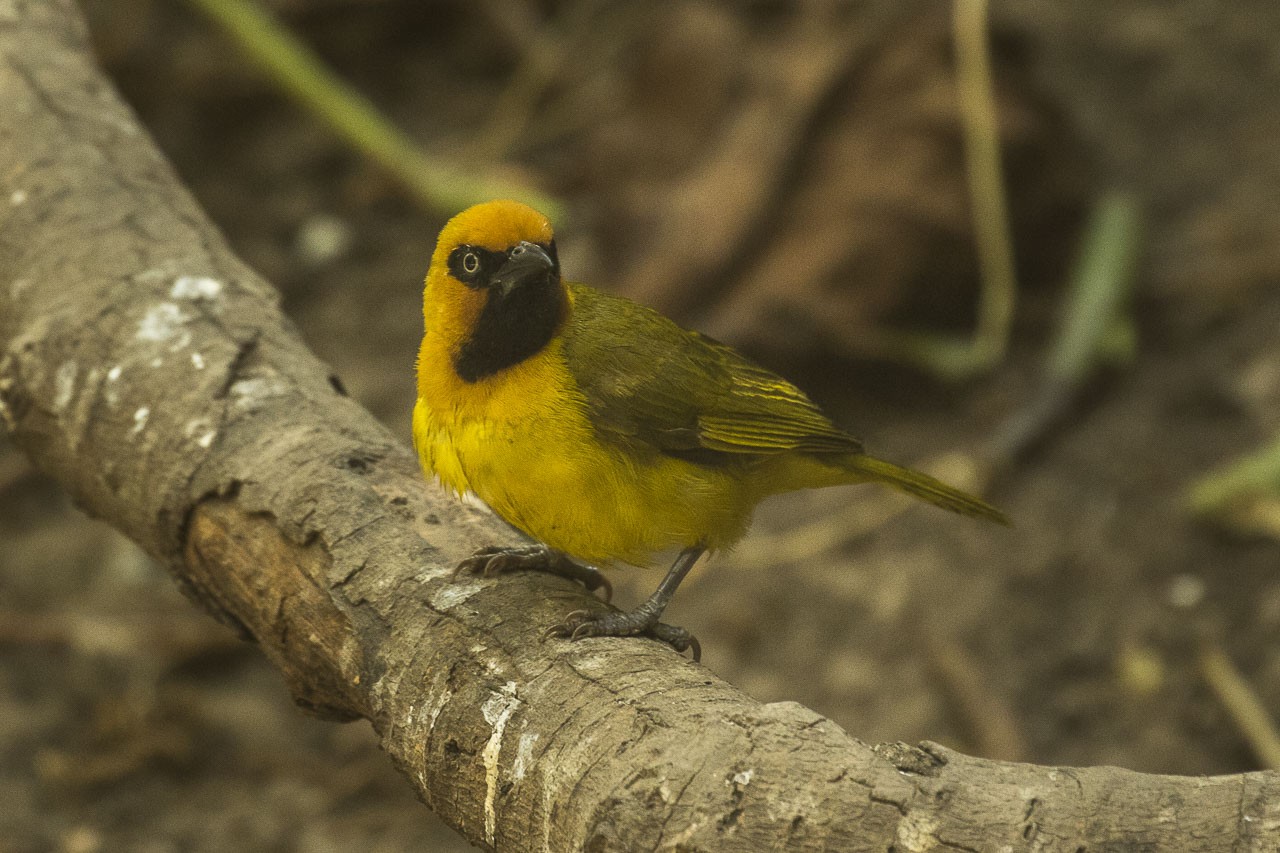Black-necked Weaver
A species of Typical weavers Scientific name : Ploceus nigricollis Genus : Typical weavers
Black-necked Weaver, A species of Typical weavers
Botanical name: Ploceus nigricollis
Genus: Typical weavers
Content
Description General Info
 Photo By Francesco Veronesi , used under CC-BY-SA-2.0 /Cropped and compressed from original
Photo By Francesco Veronesi , used under CC-BY-SA-2.0 /Cropped and compressed from original Description
The black-necked weaver is a stocky 16 cm bird with a strong conical bill. The adult male of the northern race has olive upper-parts and wings, and yellow underparts and head. It has a black eye-mask and bib, and a pale yellow iris. The non-breeding male has a yellow head with an olive crown, grey upper-parts and whitish. The wings remain yellow and black. The adult female also has olive upper-parts and wings, and yellow underparts and head. It has a black eyemask but no bib. The southern race found from Nigeria eastwards has a quite different appearance, with almost black upper-parts and tail. The black-necked weaver feeds on insects and vegetable matter. The calls of this bird include a wheezing dew-dew-twee . 
Size
17 cm
Colors
Brown
Black
Green
Yellow
Gray
White
Nest Placement
Tree
Feeding Habits
Black-necked Weaver primarily consumes insects and various plant materials. It forages actively, often during daylight hours, employing its sharp beak to extract food. Remarkably adapted to its diet, black-necked Weaver shows a preference for certain seeds and fruits, distinguishing it from some weaver species.
Habitat
Black-necked Weaver thrive in diverse forested terrains, favoring wet and wooded habitats including savanna woodlands, highland thickets, and gallery forests. They adapt well to plantations, coastal thickets, and even altered landscapes such as reforested areas, extending to altitudes of up to 1800 meters. These birds occupy a variety of ecosystems ranging from lowland tropical forests to bush areas within broader regions characterized by high rainfall and ample vegetation.
Dite type
Granivorous
General Info
Feeding Habits
Bird food type
Behavior
It builds a large coarsely woven nest made of grass and creepers with a 15 cm downward facing entrance tunnel hanging from the globular egg chamber. The nest is suspended from a branch in a tree and 2-3 eggs are laid. It nests in pairs but forms small flocks when not breeding. 
Distribution Area
This weaver occurs in forests, especially in wet habitats. 
Species Status
Not globally threatened.
Scientific Classification
Phylum
Chordates Class
Birds Order
Perching birds Family
Weavers Genus
Typical weavers Species
Black-necked Weaver